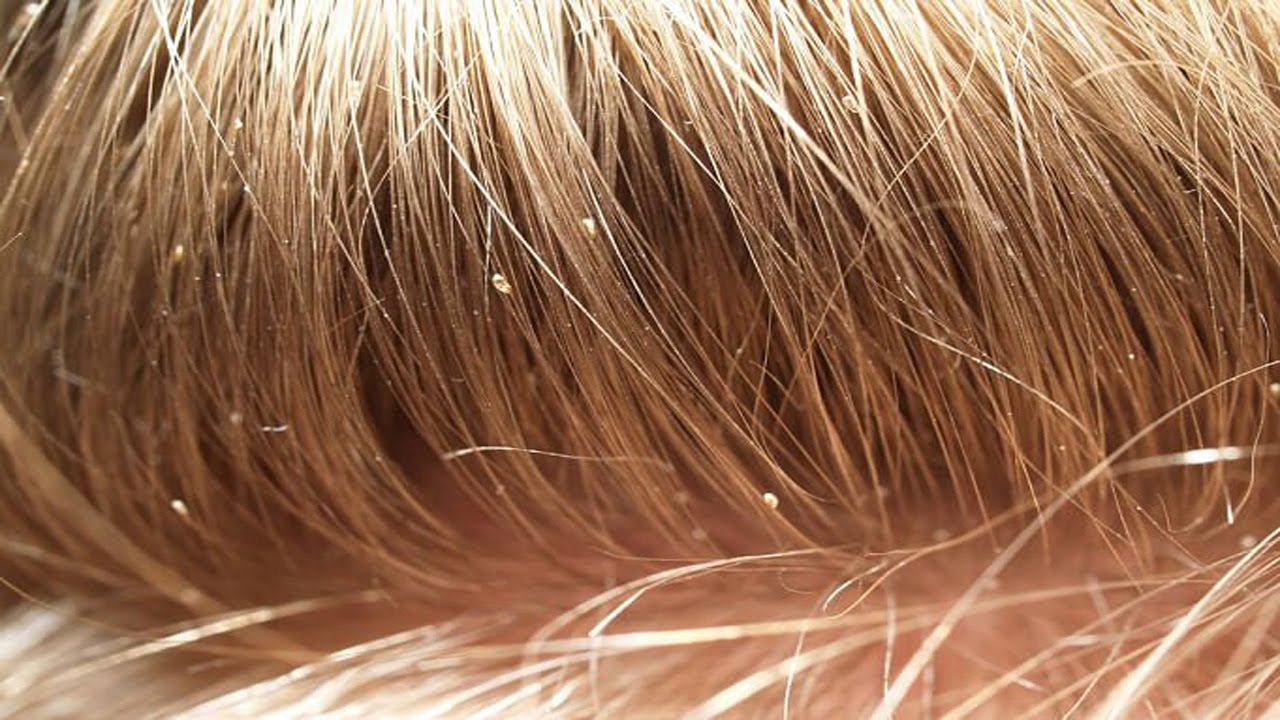
DiYES International School – Head Lice in Schools is a common concern for parents and caregivers, especially during the back-to-school season. These tiny, wingless parasites infest the scalp and hair of children, causing discomfort and frustration. While head lice are not a serious health threat, they are highly contagious and can quickly spread among children who come into close contact with one another. Schools, with their busy environments, make an ideal breeding ground for head lice. Understanding how to prevent, detect, and treat head lice is essential for keeping your child lice-free and ensuring a healthier school experience for all students.
Head lice, or Pediculosis Capitis, are small insects that live on the scalp and feed on blood. They are about the size of a sesame seed, making them difficult to see without close inspection. Head lice do not jump or fly, but they spread easily through direct head-to-head contact, which is why they are so common among children who play and interact closely with one another. These parasites lay eggs, known as nits, which attach firmly to hair shafts near the scalp. Nits hatch within about a week, and the cycle begins anew.
Although head lice are often associated with poor hygiene, they can affect anyone, regardless of cleanliness. The presence of lice indicates a transfer from someone else who has lice, making schools an ideal environment for transmission.
“Read about: Laryngitis Symptoms, Causes, and Remedies You Should Know”
Preventing head lice in schools starts with raising awareness and encouraging healthy habits both at home and in the classroom. Here are some strategies to help minimize the spread of lice:
One of the most effective ways to prevent head lice is to educate children about the importance of avoiding head-to-head contact. Teach them not to share personal items like hats, combs, brushes, scarves, or hair accessories, which are common ways lice can be transmitted. Encourage children to avoid leaning their heads together during group activities, such as reading time or when playing games.
Regularly checking your child’s hair for signs of lice is one of the best ways to catch an infestation early. Check your child’s scalp and hair every week, especially after they have been in school or at a social gathering. Look for live lice or nits near the base of the hair shaft. If you see any signs of infestation, take immediate action to prevent the lice from spreading.
Encourage your child to wear their hair in tight braids, ponytails, or buns. This minimizes the chances of their hair coming into contact with another child’s hair, which can help reduce the risk of lice transmission. It’s especially important during school activities such as sports, gym class, or nap time where children might be in close proximity.
Ensure your child’s personal belongings, such as hats, scarves, and jackets, are washed regularly. Lice cannot live long off a human host, but cleaning these items will help eliminate any lice or nits that may have transferred onto them. It’s also helpful to vacuum common areas like backpacks, car seats, and upholstered furniture to remove any stray lice or eggs.
“Read more: Protecting Kids: Why Avoiding Sick People Matters”
Detecting head lice early is essential to preventing a full-blown infestation. Knowing what to look for can make the process easier:
The most common sign of head lice is an itchy scalp, caused by an allergic reaction to the bites of the lice. If your child is complaining of constant itching, this is a good indication that lice may be present. However, some children may not experience itching, so it’s important to look for other signs as well.
Using a fine-toothed comb, inspect your child’s scalp for live lice and nits. Nits are small, oval-shaped eggs that appear white or yellowish and are usually found near the scalp. They are often confused with dandruff but are firmly attached to the hair shaft. Lice themselves are difficult to see because of their small size, but you may spot them moving around the scalp or on the hair.
Repeated scratching from lice can cause red bumps or sores on the scalp. In some cases, secondary infections may occur due to scratching, which is why it’s essential to address lice infestations early to prevent additional complications.
If your child has contracted head lice, there are several effective treatments available. Here are the most common options:
There are numerous over-the-counter lice treatments available in the form of shampoos, lotions, or sprays. These products contain insecticides that kill lice and nits. Make sure to follow the instructions carefully and repeat the treatment after about a week to kill any remaining lice that may have hatched after the first treatment.
In cases of severe infestations or when over-the-counter treatments are ineffective, a doctor may prescribe stronger medications to treat head lice. These treatments are generally more potent and may require a doctor’s supervision, especially for younger children.
For those who prefer a natural approach, manual removal is an option. Using a fine-toothed nit comb, carefully comb through your child’s wet hair to remove both live lice and nits. This method is time-consuming but can be effective when combined with other treatments.
After treatment, wash all of your child’s clothing, bedding, and personal items that may have come into contact with lice. Use hot water (at least 130°F) to kill any remaining lice or nits. Items that cannot be washed should be placed in a plastic bag for two weeks to suffocate any lice.
Since head lice are contagious and can spread quickly in schools, it’s important for school officials to be proactive in preventing outbreaks. Many schools have policies in place to help identify and manage lice infestations. Parents should work together with school staff to help monitor and address any lice-related issues that may arise. Schools can also educate students about lice prevention, remind them not to share personal items, and enforce policies that help reduce the spread of lice.